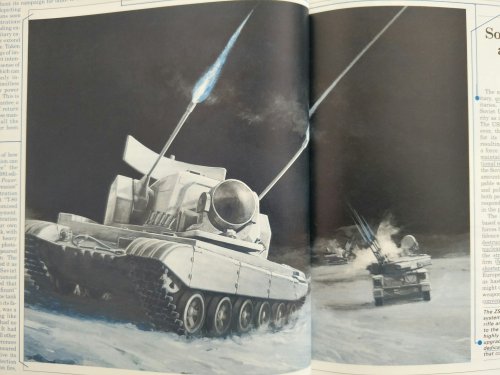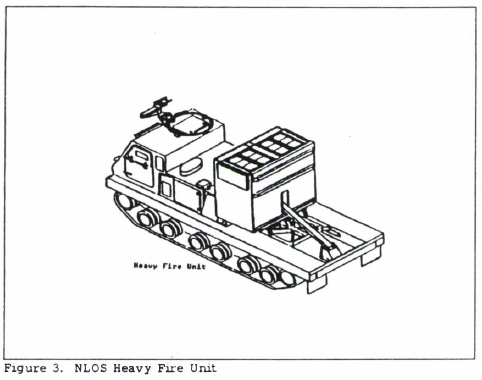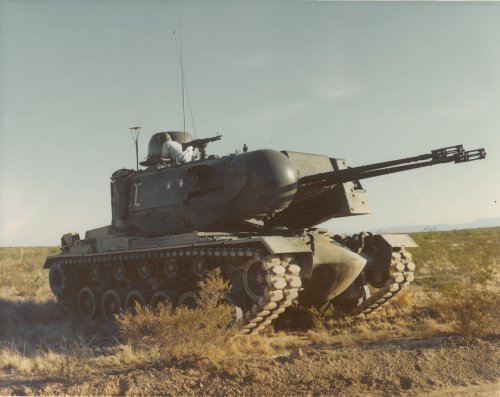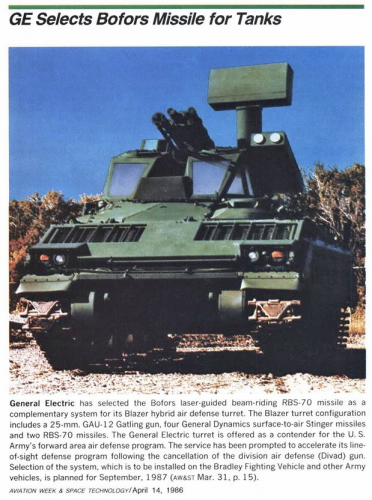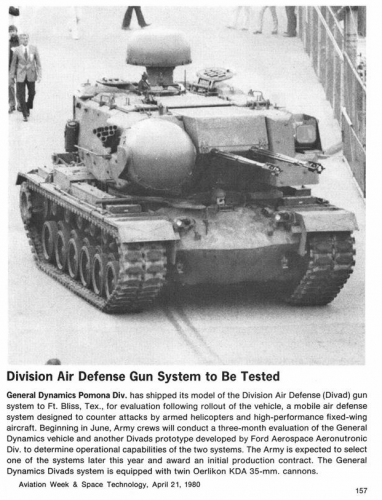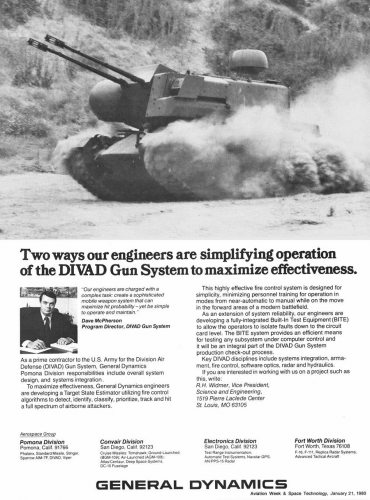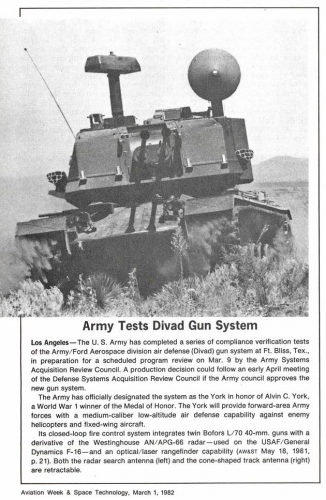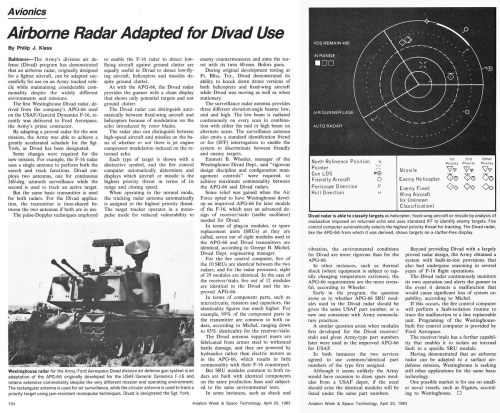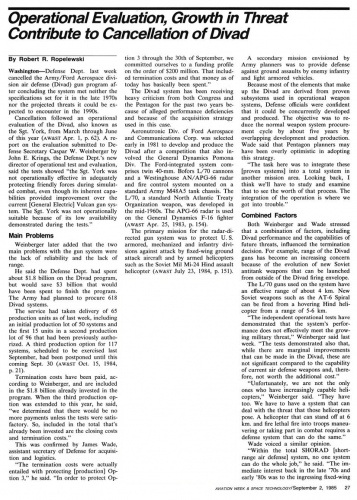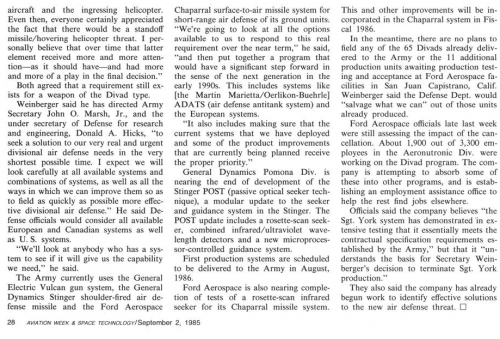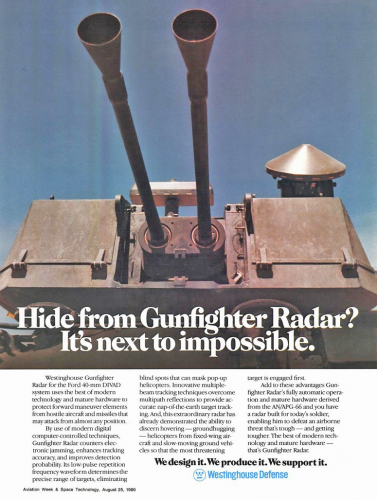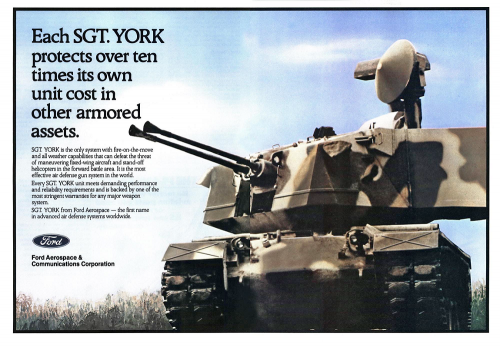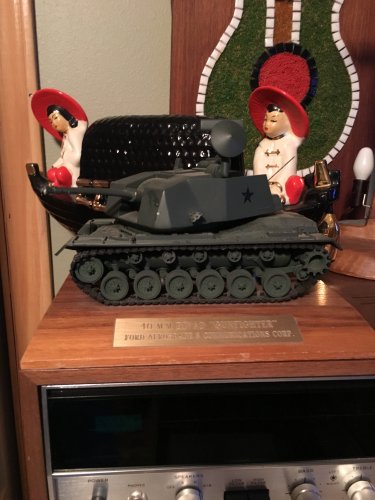- Joined
- 27 September 2006
- Messages
- 5,744
- Reaction score
- 5,613
Back in the late 1960s, the West Germans commissioned a paper study and model work to see if the anti air weapons proposed for the Leopard 1 (Fla Pz Gepard) could be fitted to the KPZ 70, which was planned to replace the M48 in FRG service.
Because of the failure of the MBT/KPZ 70 nothing materialised. However, if the project had gone ahead, this would have been a great opportunity for the US and West Germans to standardize kit.
However, as the Gepard was never mated with the later Leopard 2 (KPZ 70s actual replacement) perhaps not.
But, I love paper studies, so maybe out there....
Because of the failure of the MBT/KPZ 70 nothing materialised. However, if the project had gone ahead, this would have been a great opportunity for the US and West Germans to standardize kit.
However, as the Gepard was never mated with the later Leopard 2 (KPZ 70s actual replacement) perhaps not.
But, I love paper studies, so maybe out there....

